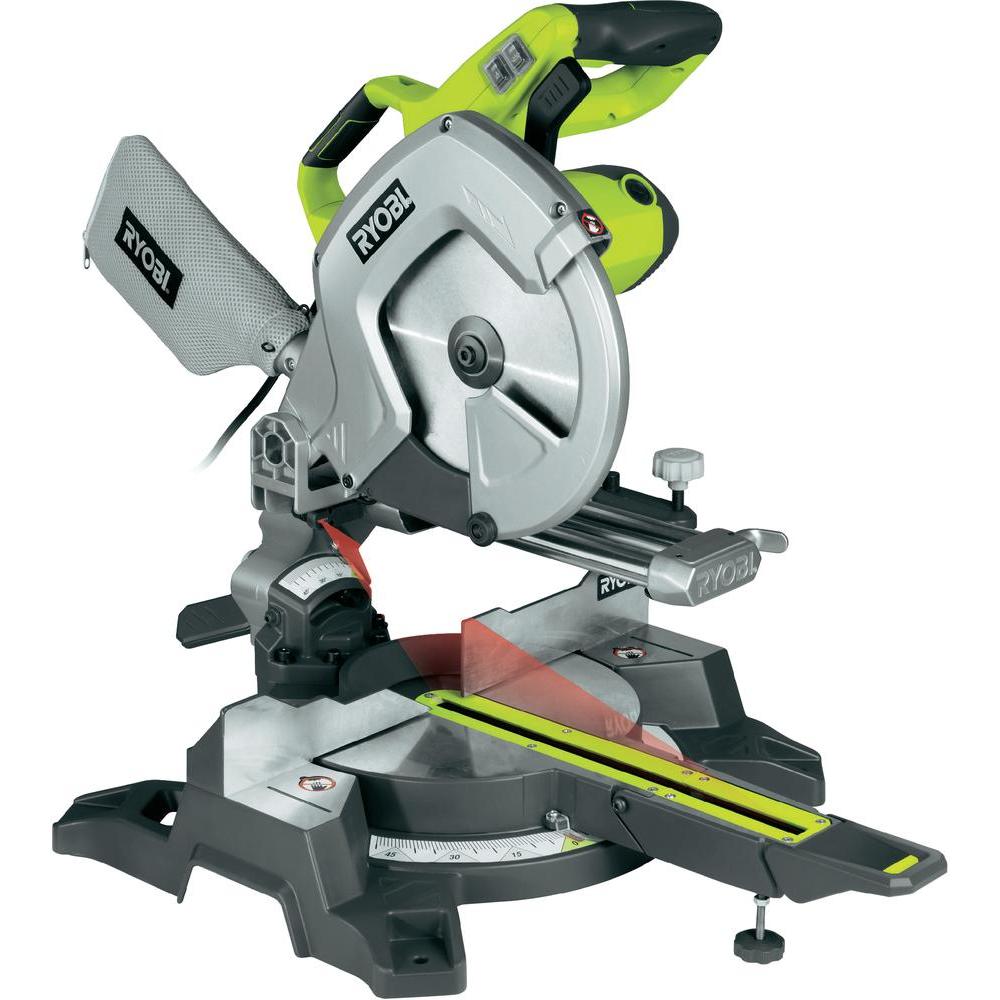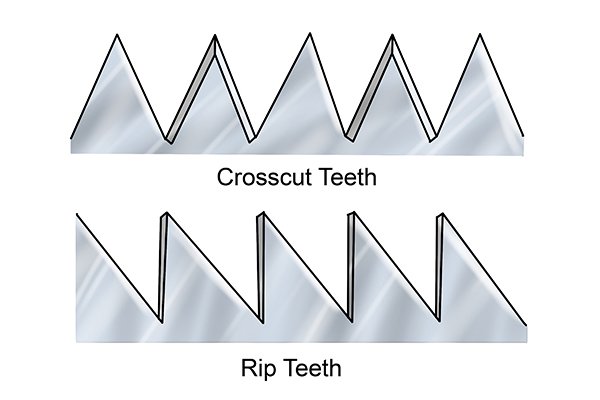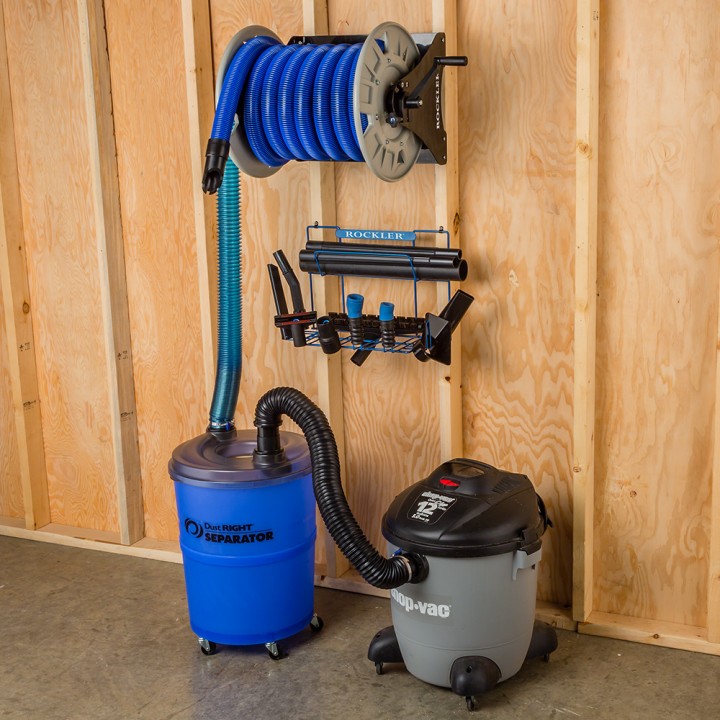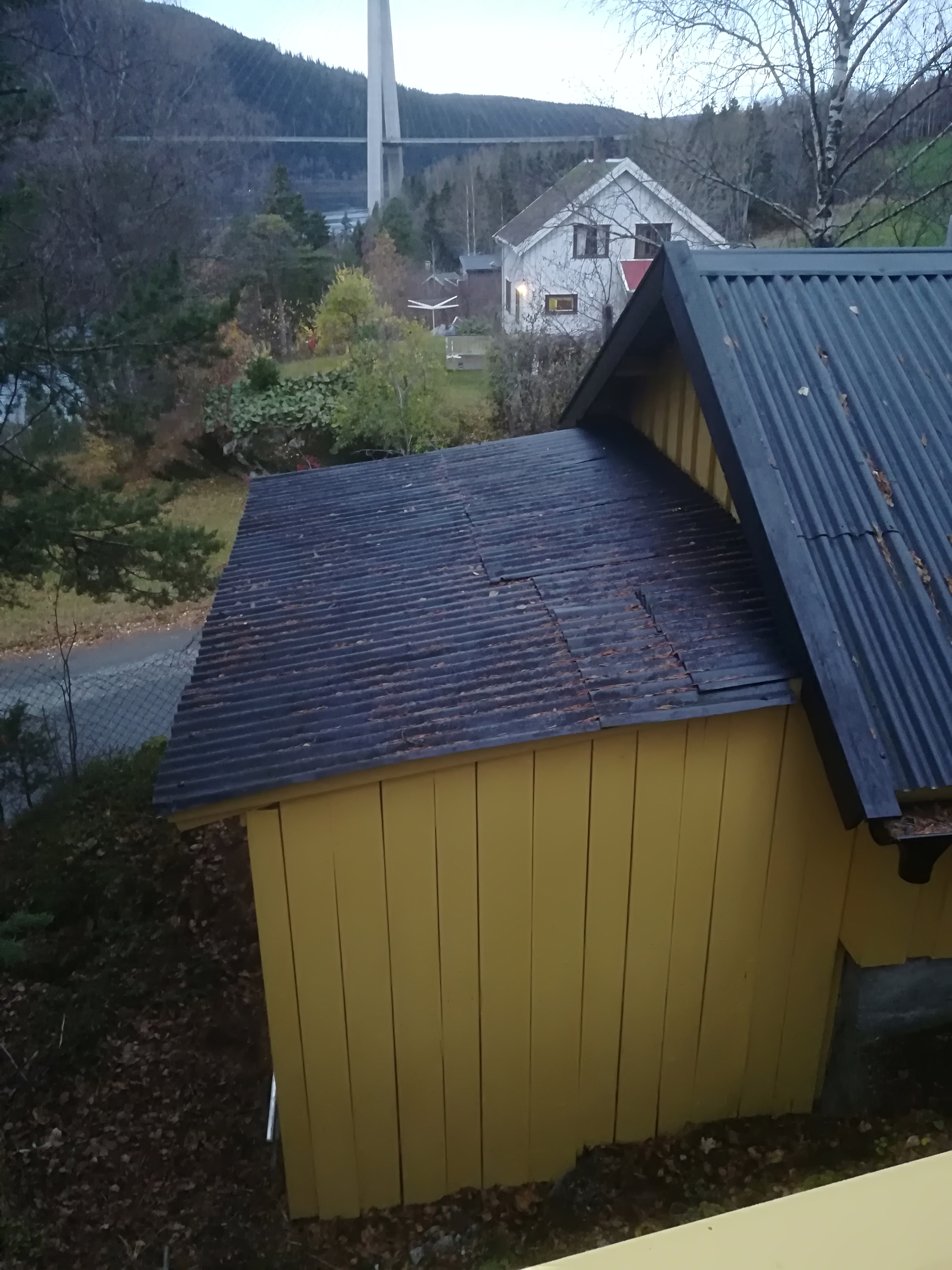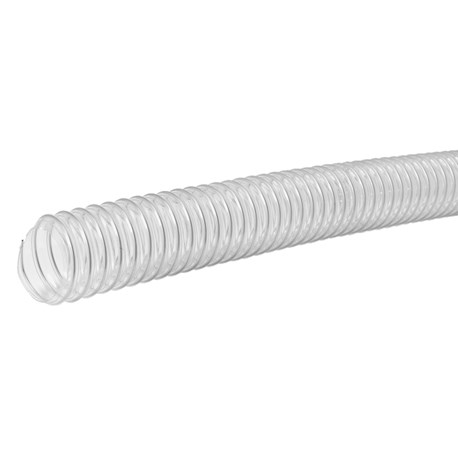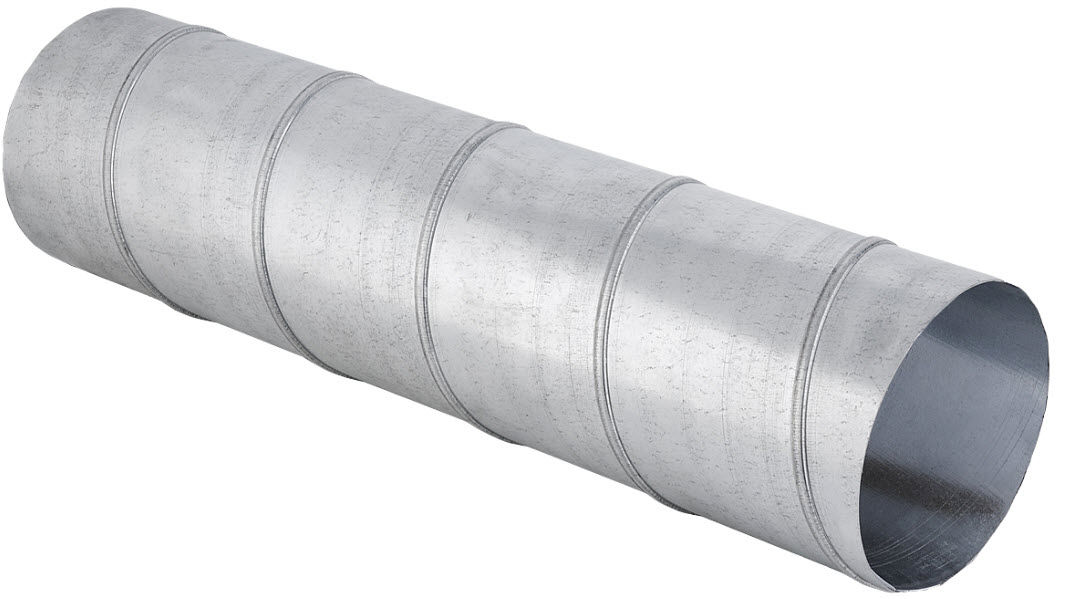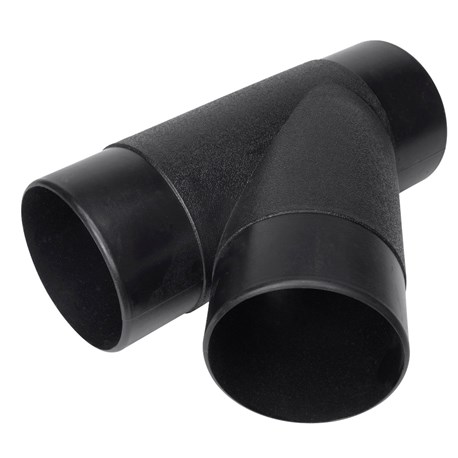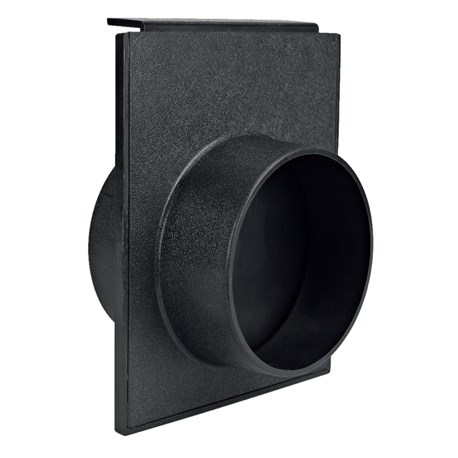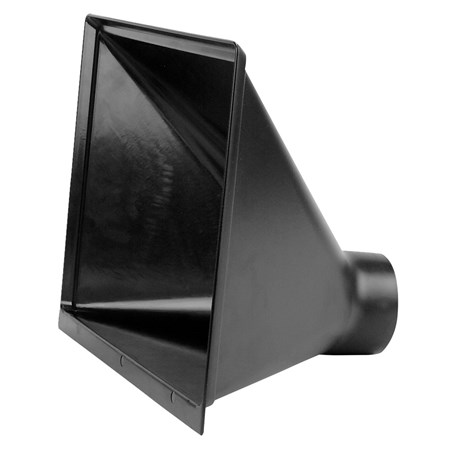Today, Monday, 2018-08-13, the real-life Ethan is 16 years old. Happy Birthday Ethan! This date also marks the day when I have spent precisely half my life as a father.
Ethan & Ethel are wanting to improve their woodworking workshop by buying a stationary machine. They estimate that using this type of machine can increase their production capacity. Because these machines are expensive, they will have to plan which one to buy first. They are thinking that if they make the right investments, they will be able to build things that others want, and make some money. For example, they have an aunt who wants a garden shed, other relatives who need new kitchen cabinets; and family friends who want hardwood furniture. However, they can’t build all these things at once, and decide to concentrate on building garden sheds.
There are many designs for garden sheds. Usually they are small uninsulated buildings. Ethel & Ethan are thinking of using softwood lumber for framing, then covering it with OSB. When they made up a cut list, they realized that they should build it using full sheets of OSB. That means dimensions of 1 200 mm, 2 400 mm or 3 600 mm. Beyond that, and the buildings would be far too big with their limited skill sets. They decided that their first building should be 2 400 mm long by 2 400 mm wide by 2400 mm high at the eaves. At the ridge, it would be 600 mm higher, or 3 000 mm. It is a small shed, but there is less that can go wrong, and less time and equipment is needed to make it.
They started thinking about pre-cutting the pieces for one shed to save time in the short building season. Then they thought that if they could pre-cut one, they could precut more. Then they contacted other people in their network to see if they could find buyers. After these conversations, they estimated that they could build and sell five of these small sheds in the summer.
They want to buy a chop saw, and know the maximum dimensions of the material they will be working with on the sheds will be about 50 mm by 100 mm. What they really want is a flipover saw, such as a DeWalt DW743. One challenge with this model is its inability to cut joists, if they work on bigger projects. The saw was originally made by the German power tool company, ELU, that was bought by DeWalt in 1994.
At the Unit One workshop, a Ryobi compound sliding mitre saw is used. It was selected because of price, and the fact that the sliding mechanism is in front of the saw. This prevents it from being used with materials thicker than about 100 mm. Most sliding saws go back towards the wall, which means that the saw has to be set further forward, increasing the amount of space used. Perhaps the best mitre saw is a Bosch axial-glide saw. Its main disadvantage is price, costing almost four times that of a Ryobi.
Lumber dimensions: A 2 × 4 when dressed is 1-1/2″ × 3-1/2″ or 38 mm × 89 mm. In Europe it is 48 mm x 98 mm.
A sliding compound mitre saw and a plunge saw make a versatile pair. Table saws are more dangerous than either of these saws, because the operator holds the material being cut, instead of the saw, making it easier to accidentally move hands into the spinning blade.



